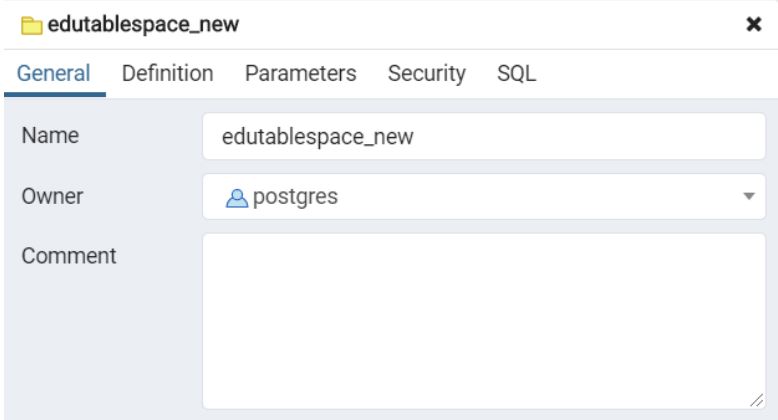
(In practice, you will usually want to add additional options, such as LOGIN, to the command. Name follows the rules for SQL identifiers: either unadorned without special characters, or double-quoted. To create a role use the CREATE ROLE SQL command: Database roles are global across a database cluster installation (and not per individual database). In practice it might be convenient to maintain a correspondence, but this is not required. The fact that it does not immediately notify you that the job exited is normal behavior.Database roles are conceptually completely separate from operating system users. When the job exits, the shell waits until the next time it is asked to display a prompt, then it will precede the prompt display with the job number, exit status (if >0), and command line of the exiting process. When you run a job in the background (what & does), the shell prints the job number and PID. This does lose traceability, since any commands you run in the new shell will not be logged by sudo. This runs a login shell as root, with the environment ($PATH, etc.) set up accordingly. Don't know if I would call this a "best practice," but 90% of the time when I need to do things as root my first step is sudo su. The fact that it does not immediately notify you that the job exited is normal behavior.

When you run a job in the background (what ****&**** does), the shell prints the job number and PID. What the heck is going on here and how can I get this running smoothly? Am I barking up the wrong tree with all this `sudo -i` business, or is there a better way to approach this?ĭescription Don't know if I would call this a "best practice," but 90% of the time when I need to do things as root my first step is ****sudo su -****. Previously I've used `sudo -i` to circumvent this and use the normal $PATH variable.īut my system is giving me all kind of weirdness of this step: For example, this time around when I try to run `sudo -i postgres -D pg &` my system simply returns a "postgres: command not found" message (even though sometimes it echoes ` 7895` like a process/job was started up? Okay, still no big deal- I'll just use `sudo` in front of that command.īut when I `sudo` (I'm running Ubuntu 10.10 Oneiric btw), the $PATH variable is changed (a security feature to prevent accidentally running trojans as root). So I add /usr/lib/postgresql/9.1/bin to my $PATH and `initdb` works, no problem.īUT: When I go to activate the server via `postgres -D pg &`, it dies on a fatal error message related to denied write permissions. When I type in the command `initdb pg`to initialize my database, it can't find initdb. What the heck is going on here and how can I get this running smoothly? Am I barking up the wrong tree with all this sudo -i business, or is there a better way to approach this?ĭescription Hi, I am trying to be a good new sysadmin and follow best practices but I am getting pretty frustrated. Last time I tried this, it would seem to be working okay until I typed anything (even just a carraige return) into the terminal, in which case I would get a message indicicating that the exit of the postgres process.

Previously I've used sudo -i to circumvent this and use the normal $PATH variable.īut my system is giving me all kind of weirdness of this step: For example, this time around when I try to run sudo -i postgres -D pg & my system simply returns a "postgres: command not found" message (even though sometimes it echoes 7895 like a process/job was started up? Okay, still no big deal- I'll just use sudo in front of that command.īut when I sudo (I'm running Ubuntu 10.10 Oneiric btw), the $PATH variable is changed (a security feature to prevent accidentally running trojans as root). So I add /usr/lib/postgresql/9.1/bin to my $PATH and initdb works, no problem.īUT: When I go to activate the server via postgres -D pg &, it dies on a fatal error message related to denied write permissions.

When I type in the command initdb pgto initialize my database, it can't find initdb.
Postgres create superuser series#
However, this has begun to give me a series of headaches while trying to implement a Postgresql database server so I can experiment with building and deploying Clojure applications.

I made a new account on my Linode so that I don't have to login as root every time. Hi, I am trying to be a good new sysadmin and follow best practices but I am getting pretty frustrated.


 0 kommentar(er)
0 kommentar(er)
